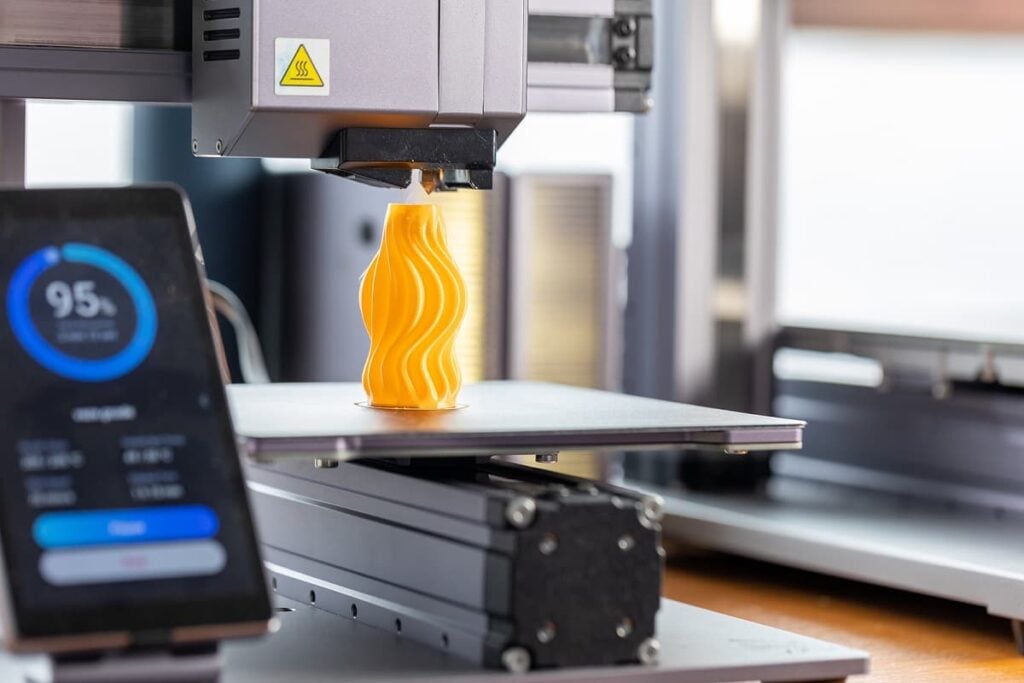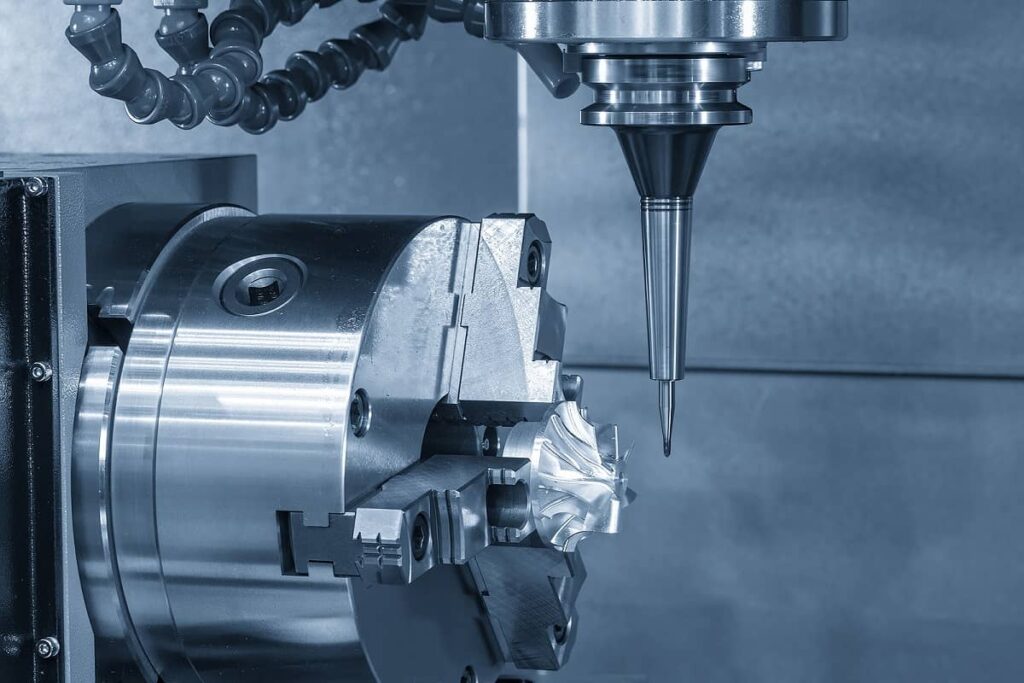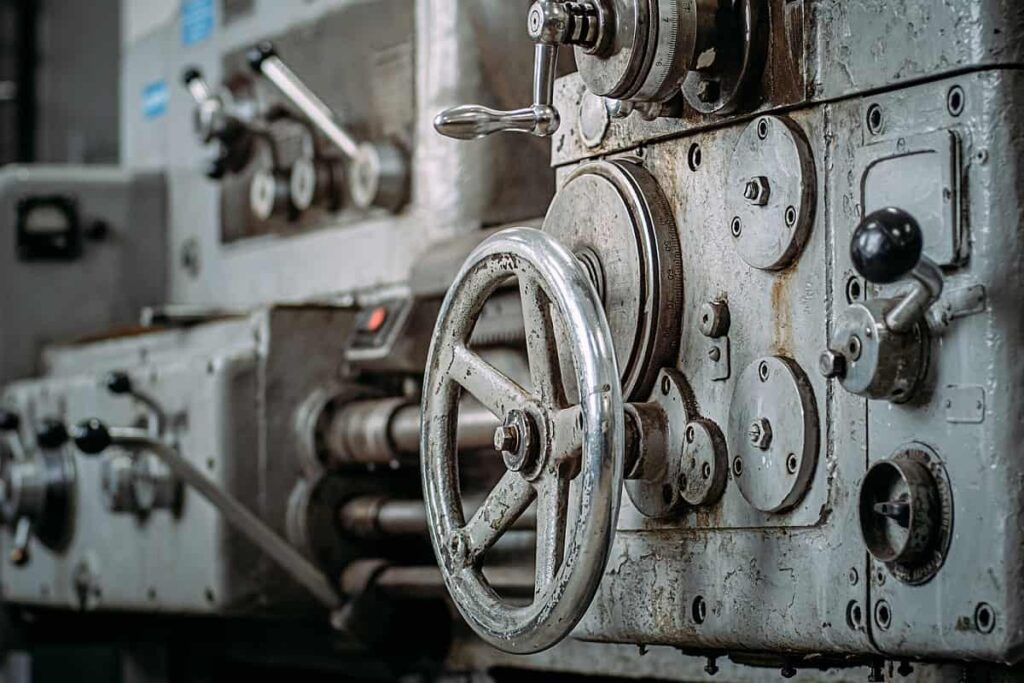Why Have 3D Printing Stocks Been Going Up Lately?
Table of contents

Back when we first started investing in tech stocks, we often made the mistake of confusing short-term stock price performance with long-term potential. For example, we’d write a piece on some small tech stock pointing out a bunch of red flags and then panic when it doubled in price. The criticisms would usually come from other newbie investors – “See! You were wrong! The stock price doubled!” However a stock price behaves, that shouldn’t affect your original investment thesis. That’s not to say you shouldn’t trim positions that surge to the moon based on hype, something we’ve done recently with gene-editing stocks.
Sticking with gene-editing stocks as an example, another mistake investors will make is to drive up a group of stocks based on good news from one stock in the group. The efficient market hypothesis explains why this is such a bad idea. When a group of stocks – especially one that’s not formally bounded by an industry classification standard such as GICS – surges in unison, be wary. Today, we’re here to talk about why a group of 3D printing stocks have been going up lately.
The 3D Printing “Industry”
Since there is no 3D printing industry, we can use our previous research to produce a list of 3D printing stocks that we’d consider pure-play and investable. (No Organovo (ONVO), you don’t get to join the pack. You haven’t done squat since we started watching you, and last we checked you had about as much potential as a 38-year-old unemployed “musician.”)
Here’s a quick list of pure-play 3D printing stocks along with their returns over the last three trading days. Yes, we said three days.
- 3D Systems (DDD) +119%
- Stratasys (SSYS) +36%
- ExOne (XONE) +33%
- Desktop Metal (DM) +27%
- Materialise (MTLS) +25%
- Protolabs (PRLB) +15%
And here’s what the market returned over the past three trading days:
- Nasdaq (QQQ) +3.5%
Clearly, some good news has affected one or more of these companies, so that’s what we’re interested in looking at today. Let’s start with the best performer of the bunch – 3D Systems.
What’s Up With 3D Systems?
It was easy to find the culprit. Just two days ago, 3D Systems announced two unrelated events which led to the precipitous rise of the stock.
2020 Guidance
The most notable announcement was guidance by the company on revenue and income numbers investors can expect for Q4-2020. As is typical, a range of numbers was given, and we’ve used the most conservative estimates to produce the below chart which shows the past five quarters of revenues and losses:

Then, we can extrapolate those same numbers to arrive at the below chart which shows us the same for yearly:

While the quarterly picture looks promising for the company, the yearly shows heavy losses and a year-over-year revenue decline of -12% from 2019 to 2020. That’s great things are looking up, but we should hardly be rewarding the very poor numbers that will be released next month. (Note that the wankers over at Robinhood probably haven’t done the basic math needed to figure this out, so shares will probably sell off when DDD releases their 2020 results next month.)
Even taking the most aggressive estimates for the guidance range given by 3D Systems doesn’t change the picture much. Of course, the slowdown is easily explained by that big shaggy mammoth in the room which investors are trying to pretend doesn’t exist – The Rona.
The Sale of Cimatron
The second piece of news for 3D Systems was the sale of an asset. Back in November 2014, 3D Systems paid $97 million for Cimatron, “a leading provider of integrated CAD/CAM software products and solutions for manufacturing.” Just over seven years later and they sold the same business for $64 million. Losing 34% on an investment is hardly cause for celebration, but that cash windfall allowed 3D Systems to retire around $21 million in debt and push some cash in their coffers. It’s all part of the company’s mission to rein in costs and focus on their two primary verticals – industrial and healthcare.
The highest annual revenue ever recorded for 3D Systems was $688 million in 2018. When the company beats that number, we’ll come back around and take another look. Until then, we’re going to focus our research efforts on other opportunities.
Checking in With Stratasys
The other OG of 3D Printing is Stratasys, a company we always thought had more going for it than 3D Systems. Since the last time we checked in, the company managed to find a CEO – Yoav Zeif – who was previously a Partner at McKinsey & Company. He’s now in the process of making this sinking ship float again.

You cannot claim to be a leader in a disruptive technology like 3D printing when your revenues have declined for five years in a row. Back of the napkin math tells us that 2020 won’t be any different.

In December of last year, Stratasys acquired a 3D printing startup called Origin which did a pandemic pivot to mass produce nasal swabs. Both companies started dating in April of last year, and decided they couldn’t live without each other, a partnership that cost Stratasys about $100 million in cash and stock
So, What Went Wrong?
One of the things they teach you in business school, in exchange for a six-figure price tag, is how to make decisions and arrive at conclusions using limited information. If you had to guess at what went wrong with these two companies, it points to leadership teams that couldn’t execute.
Things started off well. Share prices were soaring, and investors were lining up to board the 3D printing train on its way to money town – choo choo! That’s when these companies had the chance to create some real businesses. Instead, they squandered the opportunity. Both companies were spending money like drunken sailors. 3D Systems brought on will.i.am as some sort of creativity guru, and Stratasys was acquiring any company with a pulse, one of which they sold recently for a loss of $33 million.

Now that funding has dried up, both companies are in a precarious situation. They need to identify areas for growth and invest in them. Before doing so, they need to rein in costs to show any new investors coming on board that they have the fiscal discipline to manage money instead of giving it to celebrities or overpaying for some company that doesn’t mesh well with their long-term strategy – provided they’ve established one.
Conclusion
Investing in 3D printing stocks has been a flop for anyone who has been holding shares since the heydays of 3D printing. The two pioneers of 3D printing stocks – SSYS and DDD – are beginning to slowly turn their ships around by reducing costs and figuring out where they can best compete. It’s a work in progress, and we’ll take a second look when either company appears to be in the clear. As always, expect a reversion back to the mean when the dust settles, and everyone finds the next group of interesting tech stocks to lose money on.
Sign up to our newsletter to get more of our great research delivered straight to your inbox!
Nanalyze Weekly includes useful insights written by our team of underpaid MBAs, research on new disruptive technology stocks flying under the radar, and summaries of our recent research. Always 100% free.















I wasn’t interested in 3D Printing stocks, but I bought recently (2.5 months ago) DM and now I am +89%. So very happy with it.
These things will climb up and down like yo-yos so take any short-term gains with a grain of salt!
I still can’t believe Ark has the audacity to hold ONVO in their innovation fund and pass it off as a legitimate player worth waiting for in bioprinting. Iknow it’s hindsight but Cellink would have been a much better pick.
We could never understand why they held Organovo given how bad that company has floundered over the years and seems to have no direction today. As you point out, Cellink has actually been walking the walk. We’re getting ready to do an update piece on Cellink so stay tuned.
ARK has the Midas touch right now based on AUM inflows and their tide lifts any boat that they decide to dock in any of their ETFs. They don’t necessarily have an incentive to make sure every constituent is vetted to the extent we do because what’s their upside?